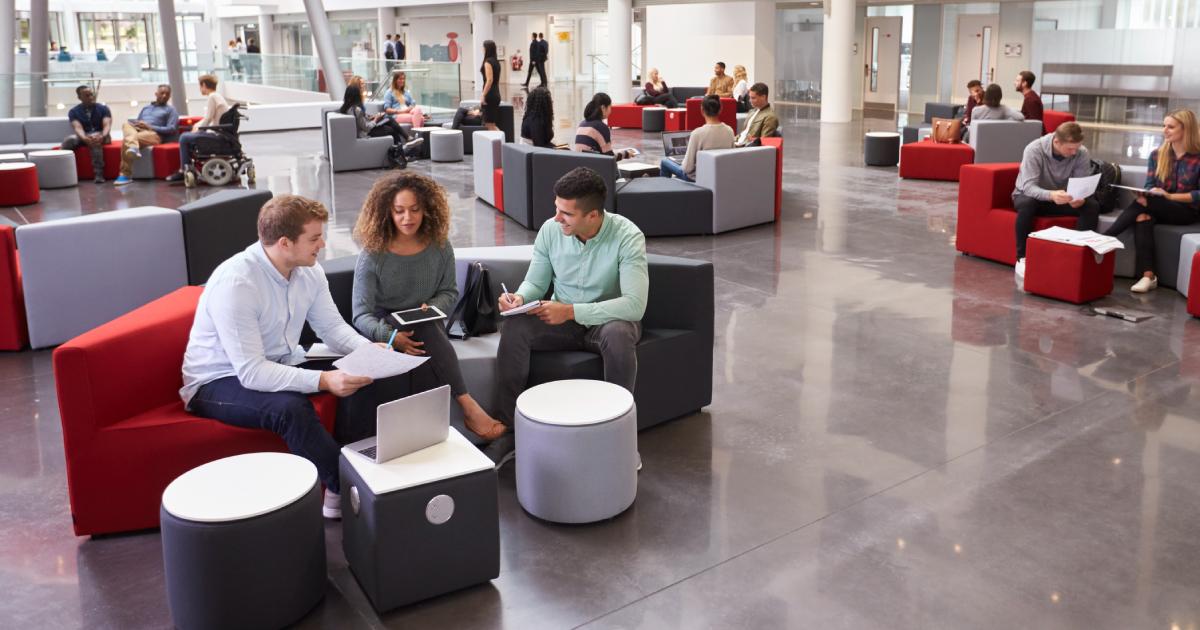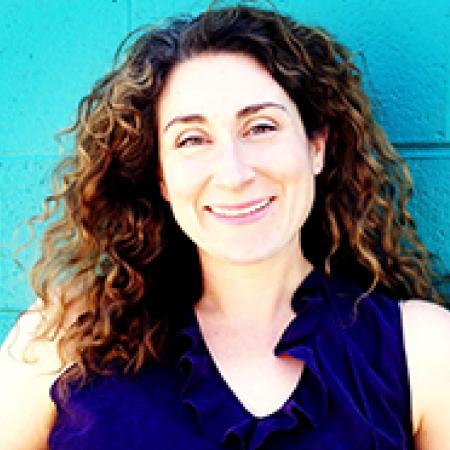Several recent events have people talking about diversity and inclusion, including violence in Charlottesville, Va.; the Women’s March on Washington; National Football League players taking a knee; and bathroom bills. However, “embracing diversity” is more than a politically correct buzzword; it’s sound business advice, especially in an increasingly global economy.
If you want a strong team that can solve complex problems, you’d do best to select a group with diverse backgrounds, viewpoints and experiences, according to the paper “Groups of diverse problem solvers can outperform groups of high ability problem solvers” by Lu Hong and Scott E. Page. A McKinsey study of 180 publicly traded companies in the U.S., U.K. and Europe discovered that those with executive board diversity enjoyed significantly higher earnings and returns on equity.
An International Monetary Fund study of more than 2 million companies in Europe found that substituting one male for one female person in senior leadership increases company assets by as much as 21 percent in the services sector and an average of 34 percent to 40 percent in the technology sector.
The positive correlation between greater female representation in leadership was felt most in industries where women comprise a majority of the workforce, like the tourism and hospitality industry, and that demand a high level of creativity and critical thinking, like the meeting industry.
“Some of the nation’s best innovation and business growth evolves from diversity of thought,” says Cheryl Richards, senior vice president and chief diversity and inclusion officer for Visit Dallas.
Children already live in a diverse world. According to U.S. Department of Education data, the American public school population became minority white in 2014. By 2024, it predicts people of color will make up 56 percent of the U.S. student population. That means that within the next decade your future employees, clients and event attendees will reflect a very different demographic than the one you might have grown up servicing. If your event marketing or programming ignores the diversity of this marketplace, you’re handicapping your business or event’s chance of success.
“The demographic profile of the average meeting attendee is changing; the conversation is different,” Richards says. “The world has changed and meeting professionals should adjust to a different way of conducting business, particularly to stay in the game and be competitive.”
Related Article: Overcoming Planner Objections to Discriminatory Laws
There are more than 200 ways in which human beings can differ from each other. There are ways that are visible, such as race, gender and age, and ones that are harder to see, like educational background, economic class, mental abilities and cultural and religious beliefs. The challenge for meeting professionals is creating cohesive event environments that are welcoming and inclusive to thousands of individuals, each with their unique point of view, preferences and challenges.
In subtle ways, venues are beginning to create more inclusive spaces. As Atlanta’s Hartsfield-Jackson International Airport renovates its terminals, the glowing pink-dressed women and blue pants-legged men that once marked its bathrooms are being replaced by gender-neutral symbols and bathrooms for families, people who need assistance and privacy. It’s becoming increasingly common to see areas at conference centers and sports arenas reserved for women who need to breastfeed or express milk. And more events are investigating the costs of offering daycare to attract young professionals loathe to leave families at home.
“Diversity and inclusion is the idea of accepting others and their point of view for what and who they are,” says Jane Eastmure, director of sales, U.S. market for Tourism Toronto.
Don’t Forget to Include the Local Community
Earlier this year in Toronto, ASAE planned an entire event around the diversity and inclusion theme.
“To me, there is nothing more Canadian than this idea,” Eastmure says. “We’re not just tolerant and accepting of the differences among us. We thrive because of them. I believe that inclusiveness has been Toronto’s engine driving the city to the upper tier of global cities.”
One of the sad truths of conventional meetings is that participants often don’t get a chance to see anything other than the boardroom, exhibit hall, hotel room or ballroom. Working with your host community is one way to introduce an element of diversity into your event environment.
How do you do this? Partner with the local host committee and/or CVB.
“Get the buy-in of the community and invite them to join your event and share their stories,” Eastmure says. “They can provide a unique lens and view of the city experience that an attendee might not receive otherwise. It’s a way to get out of the convention center and into the heart of the city by bringing the community into the event. Instead of just having a cultural menu, invite the local community to join your event and share in the event and expose your attendees.”
At ASAE 2017, the community met the conference at an event held at Toronto’s REBEL nightclub. Throughout the evening, members from Toronto’s arts, cultural and LGBTQ communities were given a stage to showcase their work and share their community pride with ASAE attendees.
Customization and Compassion are Key
Another way that meeting and hospitality professionals can create more welcoming events is to diversify their approach and research the target market.
“Customization is key,” Richards says. “Our approach is to deliver relevant content and information. We started by doing a deep dive into getting to know who the attendees are and how we can better design packages and programs to meet their needs.”
Participants of the “How to Create Radically Welcoming Conference Experiences” session pointed out that data provided by pre-conference surveys can help meeting professionals customize the content, design the onsite experience and tailor the marketing message to each segment they’re trying to serve.
Other tips the group had for meeting professionals:
-
During registration, collect medical and allergy information so you can best care for attendee needs on site or in case of emergency. Also leave a way for guests to tell you if they have any disabilities or challenges that might curb their enjoyment during registration so you can proactively address how to make their experience equal to other attendees during their time with you.
-
Research outside your traditional pool of speakers and subject matter experts. The faces and voices on stage should reflect the full spectrum of diversity in your industry.
-
Conduct site inspections from the perspective of someone with physical challenges and pay attention to how far handicapped rooms are from the elevator, whether there are ground-floor accommodations to avoid having them stranded during an emergency and where ramps and other access points are in relation to the main flow of pedestrian traffic.
-
Create safe spaces for people to express, share and debate ideas and talk about solutions.
-
When you’re designing your event, walk through it as if you were a participant to look for gaps that might present issues or challenges for the different demographics of people you have coming.
-
If you are in doubt on how to handle an issue that affects an attendee (e.g., they are deaf, will be on an electric scooter, are a gluten-free vegan, etc.), pick up the phone and ask them what would be helpful and what they may need. Disabilities are like snowflakes and what works for one person may not work for another in the same situation.
-
Avoid planning meetings or events over religious holidays. If you are meeting during Ramadan, consider serving pre-dawn meals to observant attendees and delaying evening meal functions until after sundown. If it’s relevant for your group, think about scheduling breaks to coincide with prayer times.
-
Figure out ways to bring attendees together: Pair newbies with mentors, use human arrows and event concierges and create space for informal discussions and connections on site.
-
Share menus ahead of time with people who have food allergies and give them instructions on how to find their meals at each function (or eliminate allergens from your menus so everyone can eat together).
-
Program meaningful networking events that allow people to get to know each other beyond “what’s in it for me.”
-
Share how their survey feedback or past event data has shaped the design and logistic choices you’ve made at this year’s event.
-
Never underestimate the power of a smile or the value of taking the time to listen and care.
What would you add to this list? Tweet @MPI and let us know! For more education on diversity and inclusion, visit academy.mpiweb.org.
SIDEBAR
Diversity and inclusion will be featured throughout MPI education in 2018, as well as at all 2018 PYM LIVE events. Visit planyourmeetings.com/events to learn more about dates and locations. You can also learn more during the MPI session “Extraordinarily Inclusive Events that Embrace Everyone” at the Elite Meetings Alliance, Dec. 9-12 in Kissimmee, Fla.



